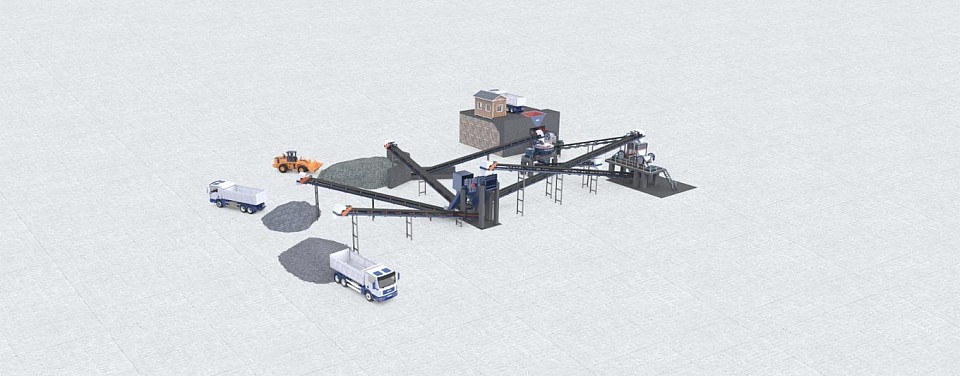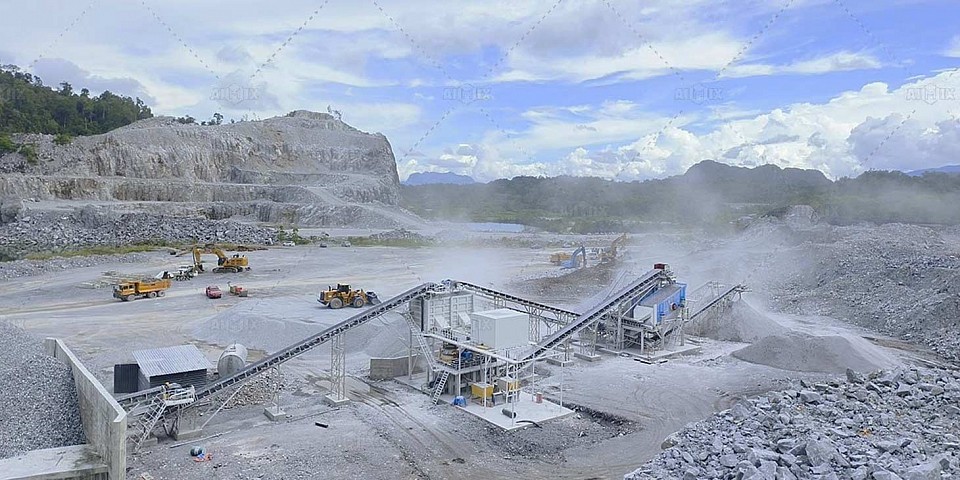How an Aggregate Crushing Plant Produces Different Sizes of Aggregates for Various Applications
An aggregate crushing plant is a vital component in the construction industry, providing the raw materials necessary for the building of roads, bridges, and other infrastructure projects. The plant’s ability to produce different sizes of aggregates is crucial to meeting the diverse needs of construction. From fine sands used in mortar to large crushed stones for road base, the plant utilizes a series of crushers and screens to break down raw materials into suitable sizes for a variety of applications. Understanding this process is essential for anyone looking to utilize aggregate crushing plant effectively.
The Process of Aggregate Production: From Raw Material to Final Product
The journey of aggregate production begins with the selection of raw materials, typically sourced from quarries or mining sites. Large boulders of rock are fed into the primary crusher, which reduces the size of the material into smaller chunks. This primary crushing is critical as it forms the foundation for the subsequent stages of refinement.
Following this, the material undergoes secondary crushing, where it is further broken down into smaller sizes using more specialized rock crushing equipment for sale, such as cone crushers or impact crushers. Tertiary crushing may also be necessary to achieve the desired size and shape, especially for finer aggregates like sand or gravel. At each stage, screening is used to separate different-sized particles, ensuring that only the appropriate materials are sent to the next stage of the process. The result is a range of aggregate sizes, each with specific characteristics and applications.
Applications of Various Aggregate Sizes in Construction Projects
Different sizes of aggregates play a crucial role in various construction applications, offering unique properties suited for specific uses. Fine aggregates, such as sand and gravel, are predominantly used in the creation of concrete and mortar, providing the smooth texture and consistency required for structural integrity. These finer materials are also used in plastering and filling gaps in smaller-scale construction projects.
On the other hand, coarse aggregates, such as crushed stones and larger gravel, serve essential roles in creating strong foundations for buildings, roadbeds, and drainage systems. These larger particles are key to the stability of infrastructure, helping to distribute weight evenly and prevent erosion over time. Coarse aggregates are also utilized in road base construction, offering support for heavy traffic loads, while their ability to form effective drainage systems ensures water can flow freely without compromising the structural integrity of roads and highways.
By tailoring the size of the aggregates produced, aggregate crushing plants ensure that the right materials are available for any construction project, enhancing both performance and longevity.


